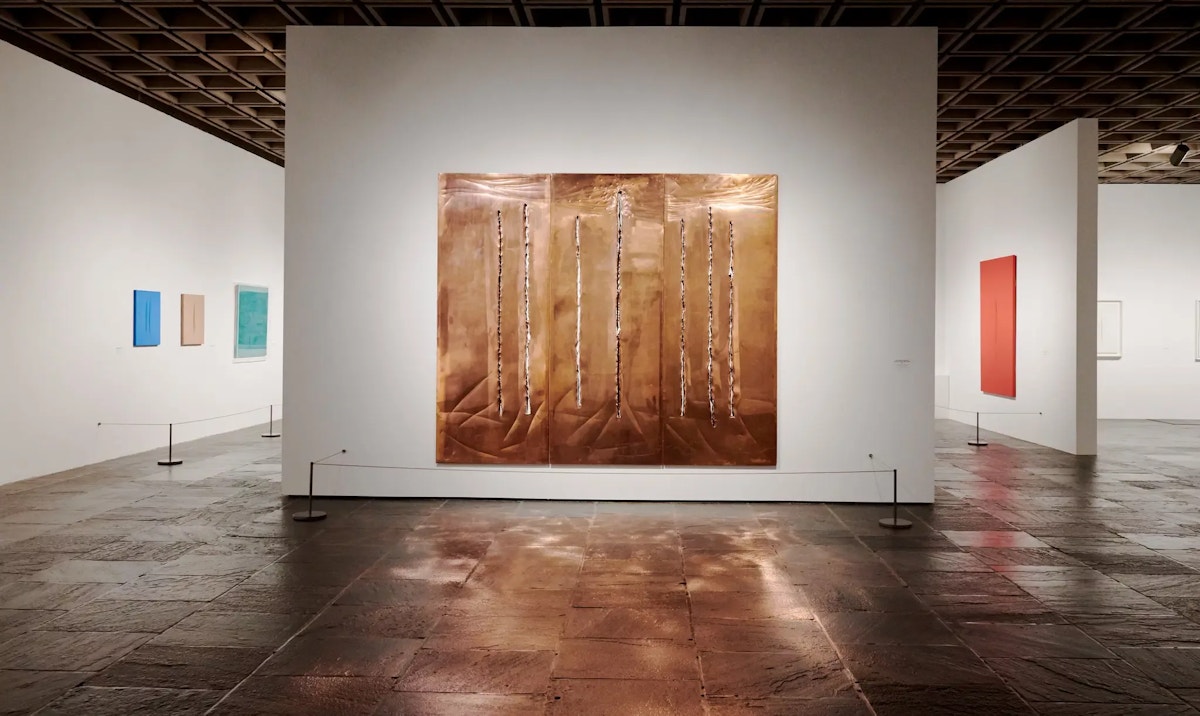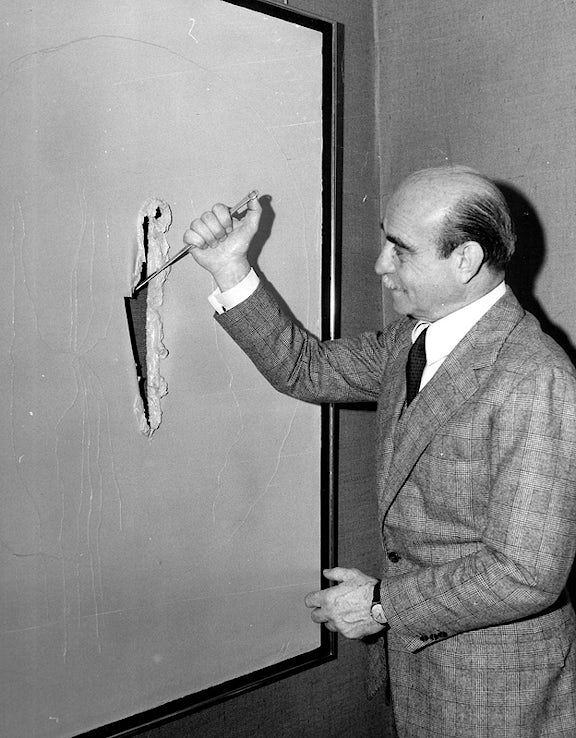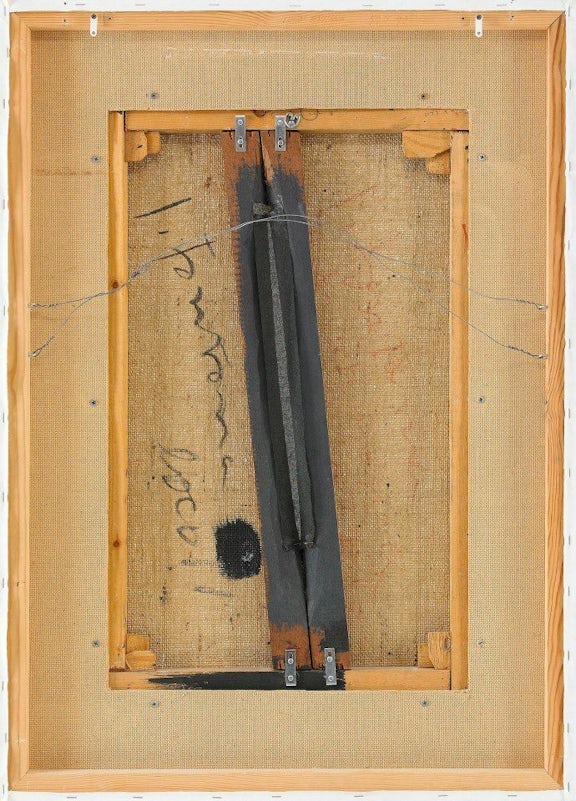Lucio Fontana
“I have invented a formula that I think I cannot perfect.
I succeeded in giving those looking at my work a sense of spatial calm,
of cosmic rigor, of serenity with regard to the infinite.
Further than this I could not go.”
– LUCIO FONTANA


Lucio Fontana, born in Argentina in 1899, moved to Italy in 1905 to go to school. After fighting in the First World War with the Italian army, he moved back to Argentina in 1921 to make sculptures for graveyards and later became an art teacher in Buenos Aires where his students were introduced to a new conceptual approach to making art in a format that combined art and sculpture. He returned to Milan in 1947 where he found his studio and all his work completely destroyed. In 1949, he began a series of piercing canvases with a knife and in doing this 'destructive act', believed it led to the creation of infinite space. These holes and cuts were an opportunity for the ‘unseen’ to carry meaning. The concept of the void made the invisible space the important concept of the art. The cut itself was the art. He would cover canvases with layers of thick oil paint, some applied by hand and some by brush. Using a scalpel or Stanley knife he created cuts into the surface. He would often line the reverse of his canvases with a black gauze so that the darkness behind the cuts would create a "mysterious sense of illusion and depth".
“I have invented a formula that I think I cannot perfect. I succeeded in giving those looking at my work a sense of spatial calm, of cosmic rigor, of serenity with regard to the infinite. Further than this I could not go.”

Lucio Fontana's "Concetto spaziale" from 1965

Lucio Fontana’s “Spatial Concept, Expectation” from 1967

Back of artwork signed by Lucio Fontana
Interestingly, Fontana did not sign his paintings on their front so as not to "detract from the open purity of the painting". Instead, he signed the backs of his canvases and added a personal message ranging from the philosophical to his thought-of-the-moment. The Lucio Fontana Foundation is resistant to publicizing the backs of his works as they are used to authenticate his works of art.
As an artist that was obsessed with space and space travel, he once said, "It's not true that I made holes in the canvas to destroy it, no, I made holes in order to discover, to find the cosmos of an unknown dimension". I think he would be happy to know that a year after his death Neil Armstrong would walk on the moon. It is known that behind one of his 'spatial' paintings he had written:
"The moon - mankind gets there and leaves a mark."
Fontana became the leader of the 'spatialist' movement and is considered one of Italy's most innovative artists of the twentieth century. His work is found in the permanent collections of more than one hundred museums around the world. In November 2015, Christie’s set an auction record for “Spatial Concept, The End of God”, an oil shaped canvas completed in 1964 for $29 million. Fontana died on September 7th, 1968 in Varese, Italy.

Paintings in sculptural form resemble giant Easter eggs blasted by shotguns. Left, “Spatial Concept, The End of God,” 1964. Right, “ Spatial Concept, The End of God,” 1963.